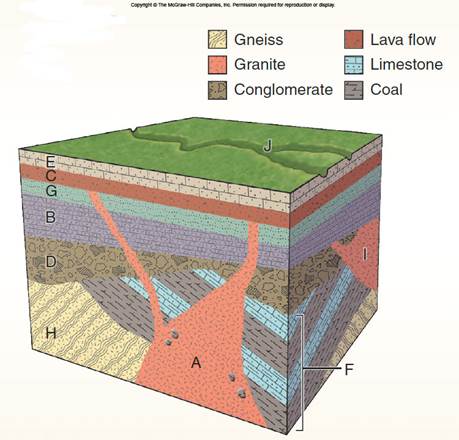A palimpsest is a writing or painting surface, like a canvas, on which more recent writing or painting has covered up previously work, and is thus used to describe something with diverse layers. Why is this a good description for Southeast Asia?
A. In Southeast Asia, there are chronological overlays of animistic, Hindu, Buddhist, Muslim and Christian cultures.
B. Overtime, the indigenous people have switched from one crop to another as tastes changed.
C. Cuisine in Southeast Asia is influenced by many different cultures.
D. The indigenous people of Southeast Asia represent dozens of unrelated language families.
A. In Southeast Asia, there are chronological overlays of animistic, Hindu, Buddhist, Muslim
You might also like to view...
Which of the following accurately compares the temperatures of cities and rural areas on clear, cold, winter nights?
A. Cities tend to cool more slowly than rural areas and have higher temperatures. B. Cities tend to cool more quickly than rural areas and have lower temperatures. C. Cities tend to cool more slowly than rural areas and have lower temperatures. D. Cities tend to cool more quickly than rural areas and have higher temperatures.
Analyze the diagram shown. What is the correct order of events from oldest to youngest? Also see Checkpoint 8.3.

- Oldest - F, A, H, I, D, B, G, C, E, J - Youngest
- Oldest - H, A, F, D, I, B, G, C, E, J - Youngest
- Oldest - H, F, D, I, B, G, A, C, E, J - Youngest
Which of the following is not true of UV exposure?
A) UVA radiation is not filtered by the ozone layer and amounts for about 95% of all UV radiation reaching the Earth's surface. B) Only exposure to UVA is a concern, not exposure to UVB and UVC. C) UV radiation is potentially harmful and individuals should take appropriate precautions depending on the UV index. D) UV radiation varies spatially according to the season, local weather conditions, and overhead ozone depletion.
Briefly explain how deep trenches form
What will be an ideal response?